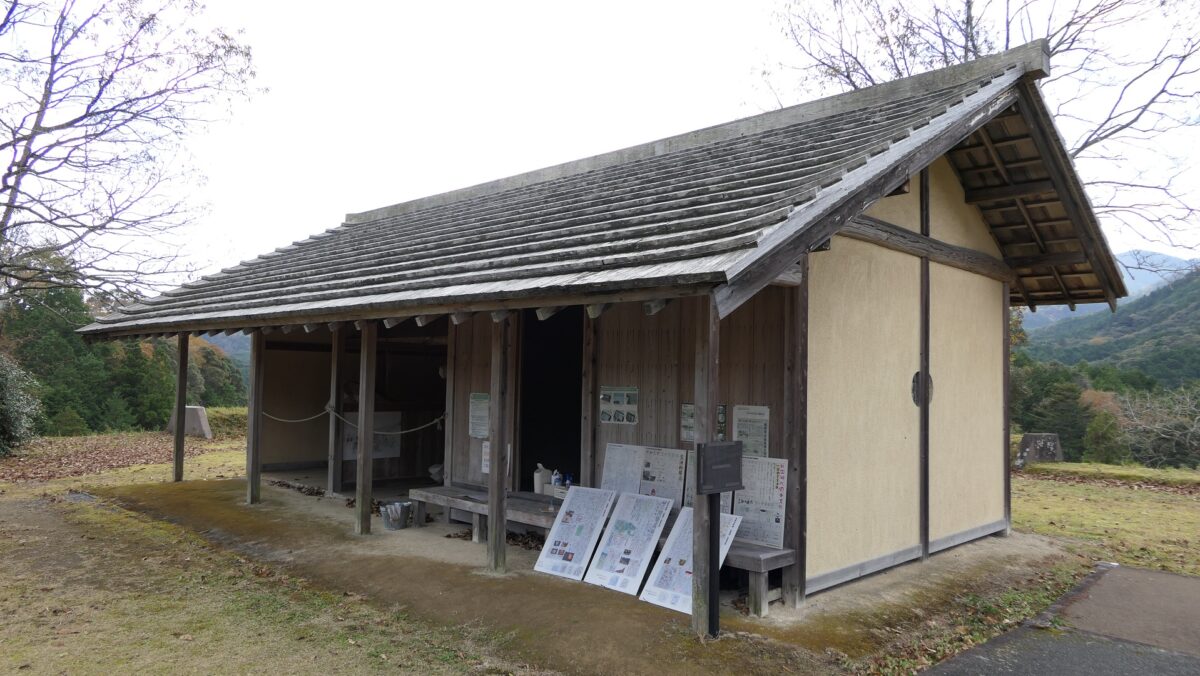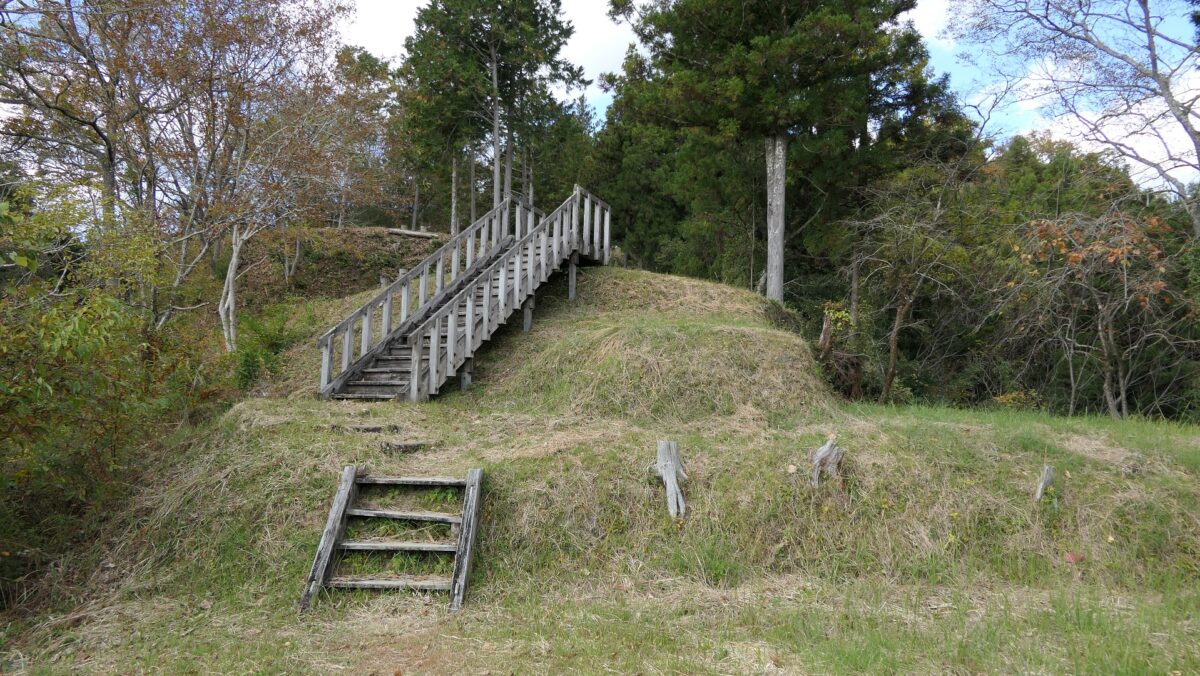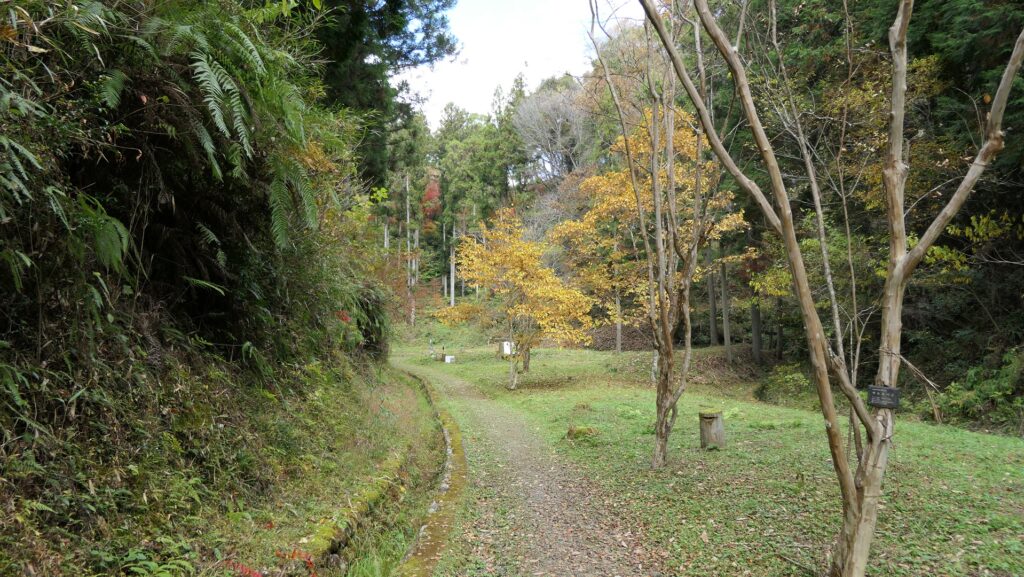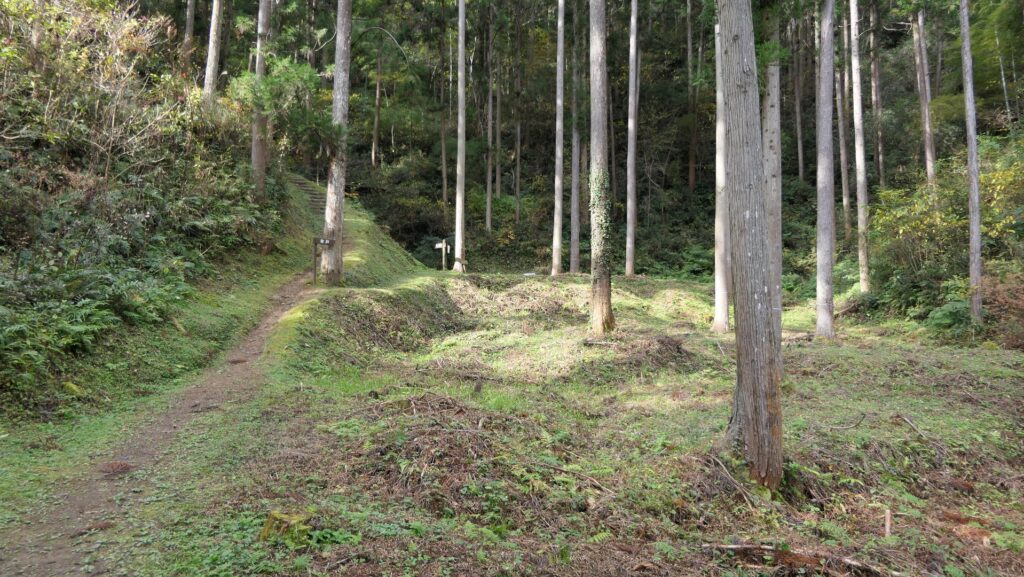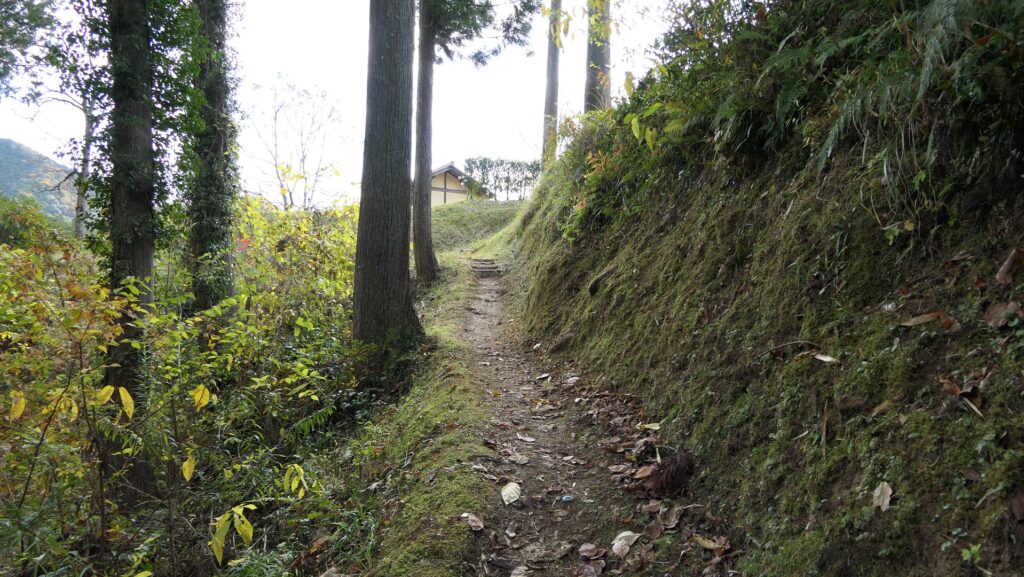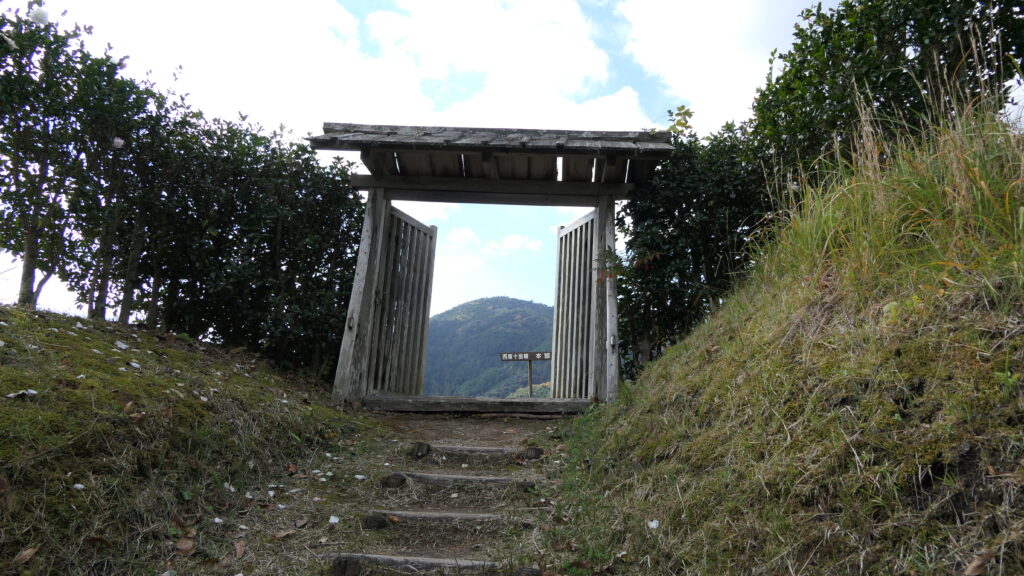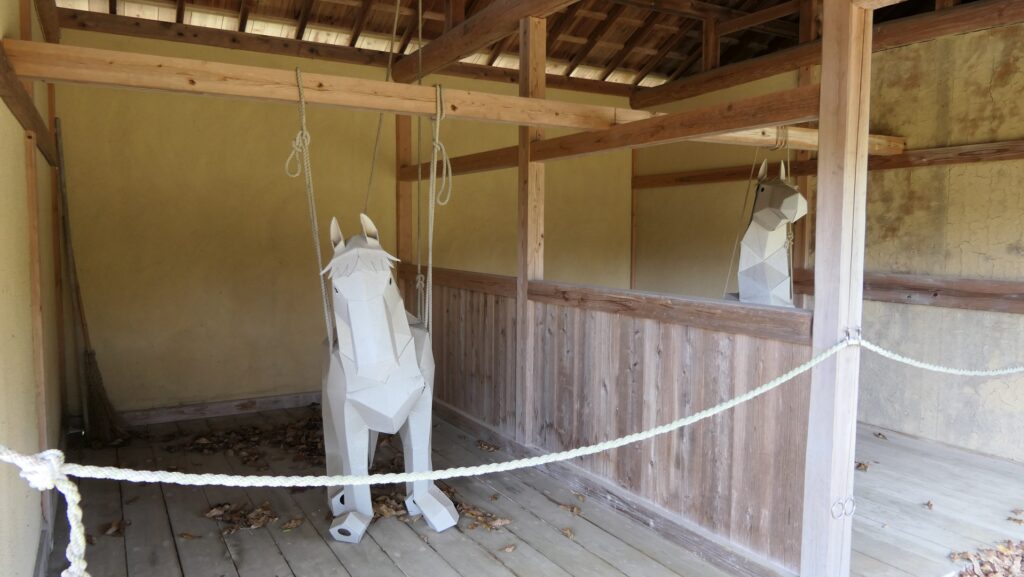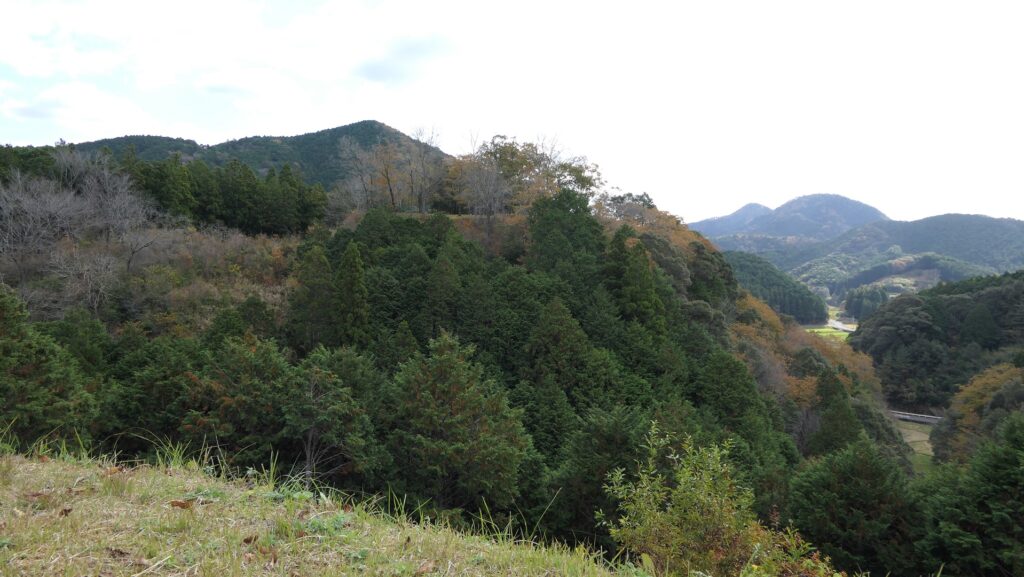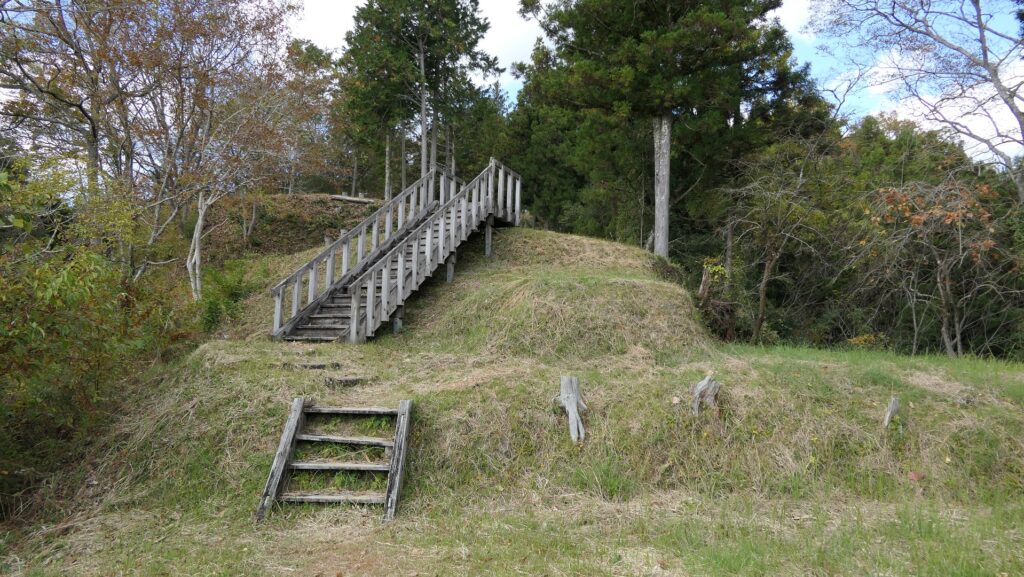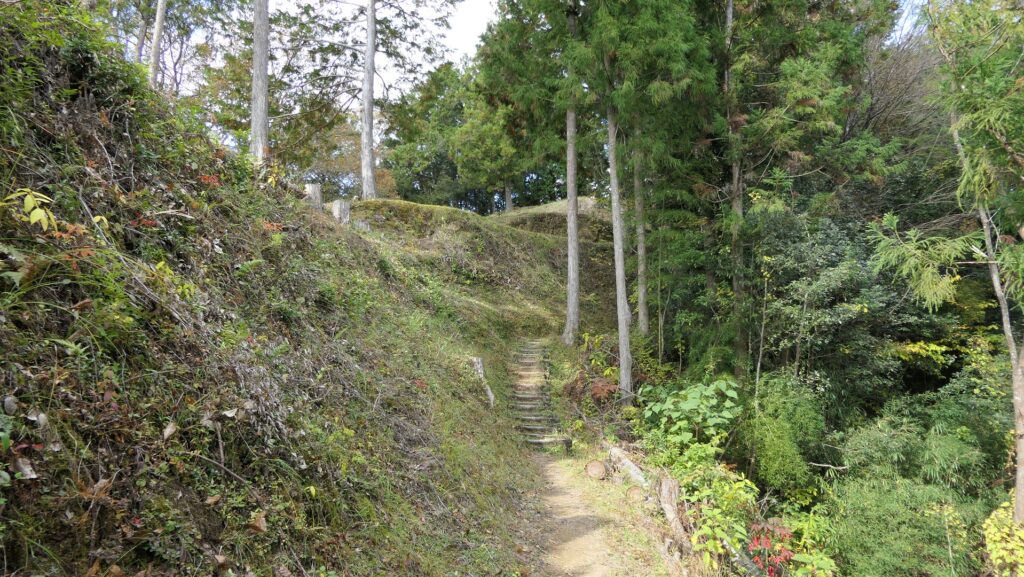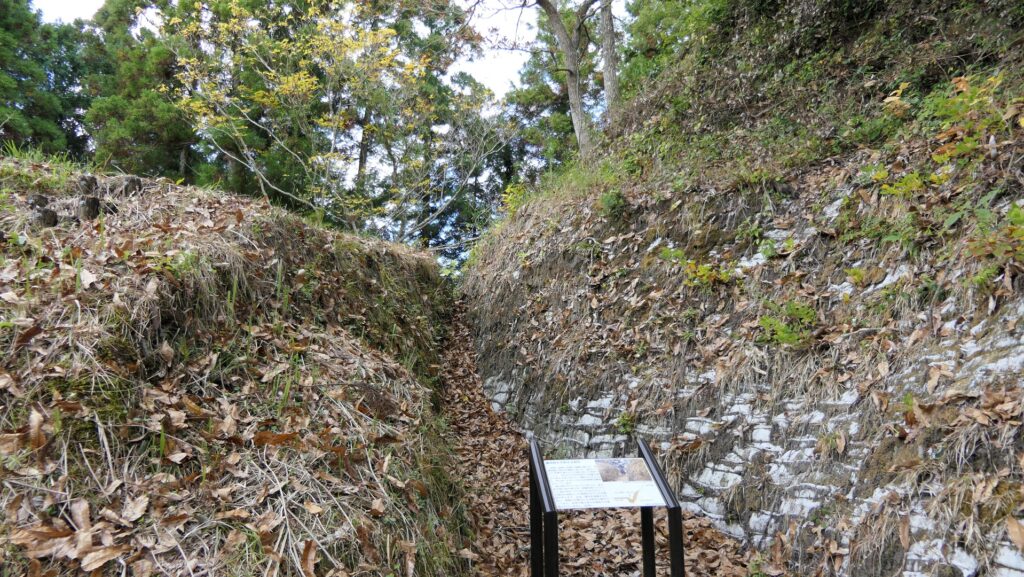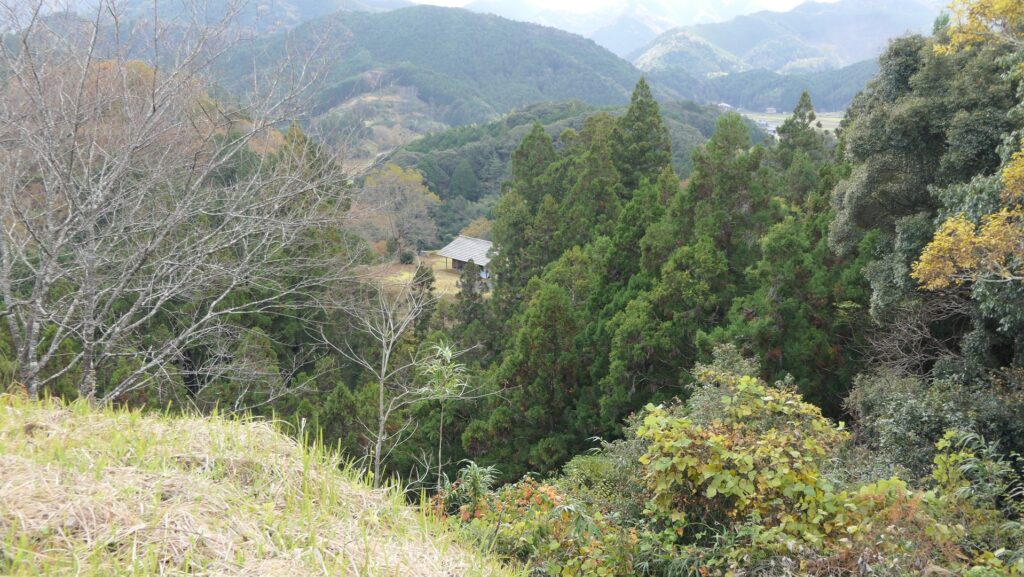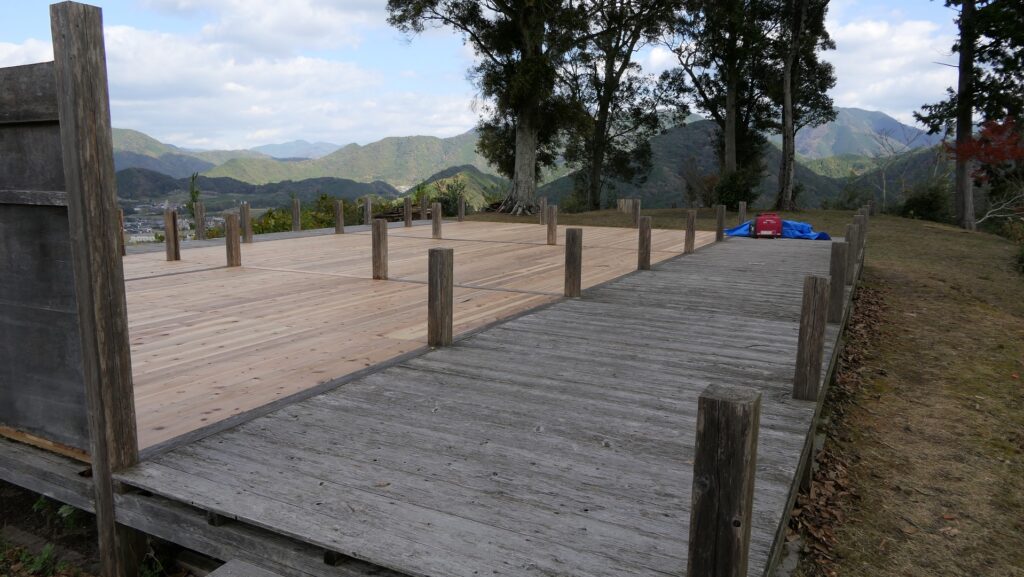Later History
The full-scale research of Kagomori Castle started in 1991. The excavation team found that the castle had been improved during its long history and it still has some mysteries like whether or not it had a Main Tower. After that, the ruins were designated as a National Historic Site in 1997. Based on the results of the research, Matsuno Town has been developing the castle ruins as a historical site since 1999. For example, some castle buildings were eventually restored in the Main, Western 10th, and Kojo Enclosures. Some earthen walls were also restored, but part of them was built lower than the original in order to accommodate better viewing.
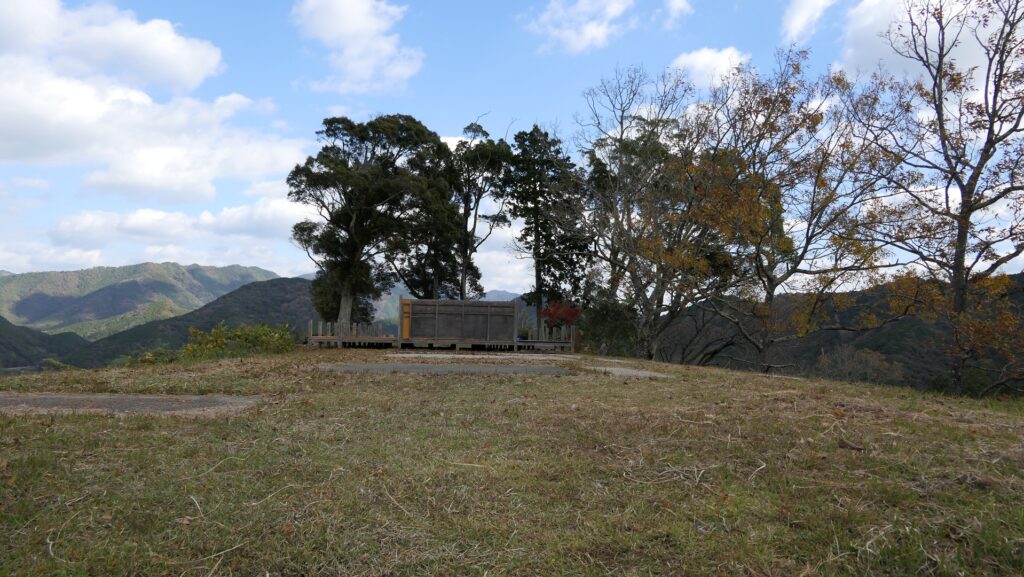
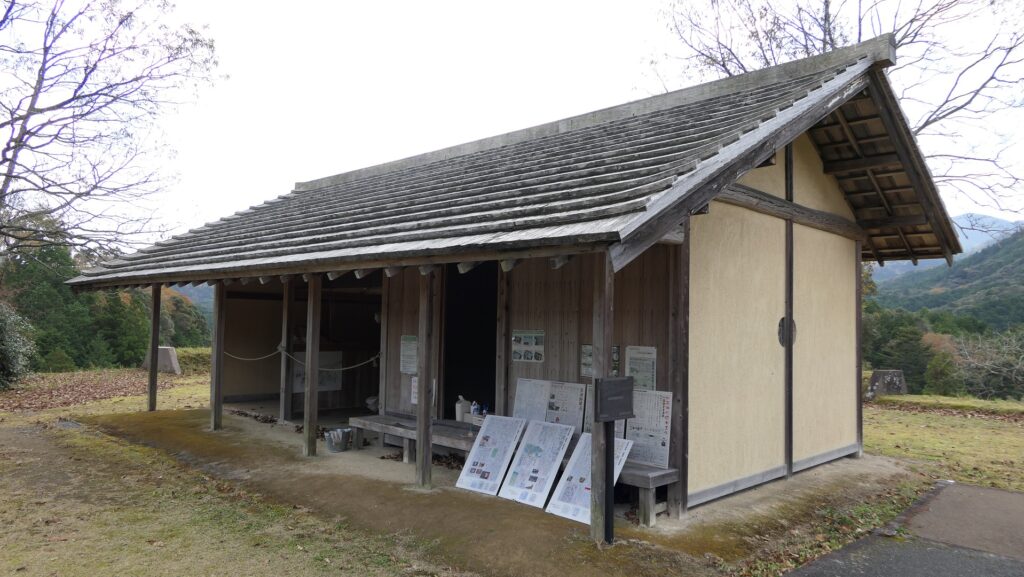

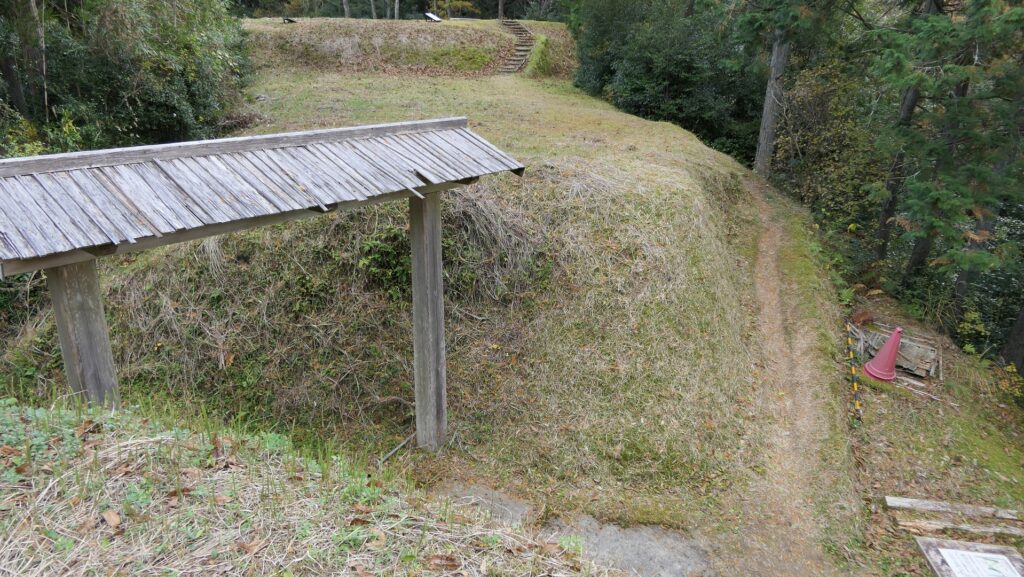
The town also carries out other businesses using the castle ruins. For instance, local primary school children learn about the castle in the school’s outdoor classes at the site. The children that visit this castle can make their own theory after reading the detailed information which is easy for visitors to understand.
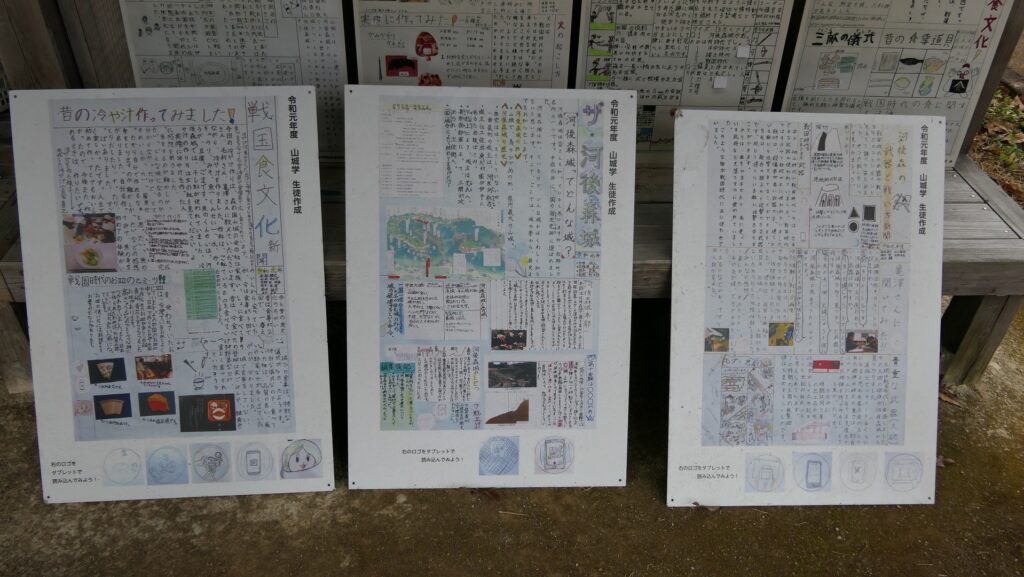
My Impression
I was very impressed by the explanation panels the local children made at the site. I think the contents of the panels are very useful for visitors as well as for local society. The children and other local people can know about the castle and its local history through this activity. Moreover, the children will be proud of their home town and be more willing to tell people in other areas about the castle when they get older. I also believe every castle has its own unique features because every castle was built under different times, regions and situations.
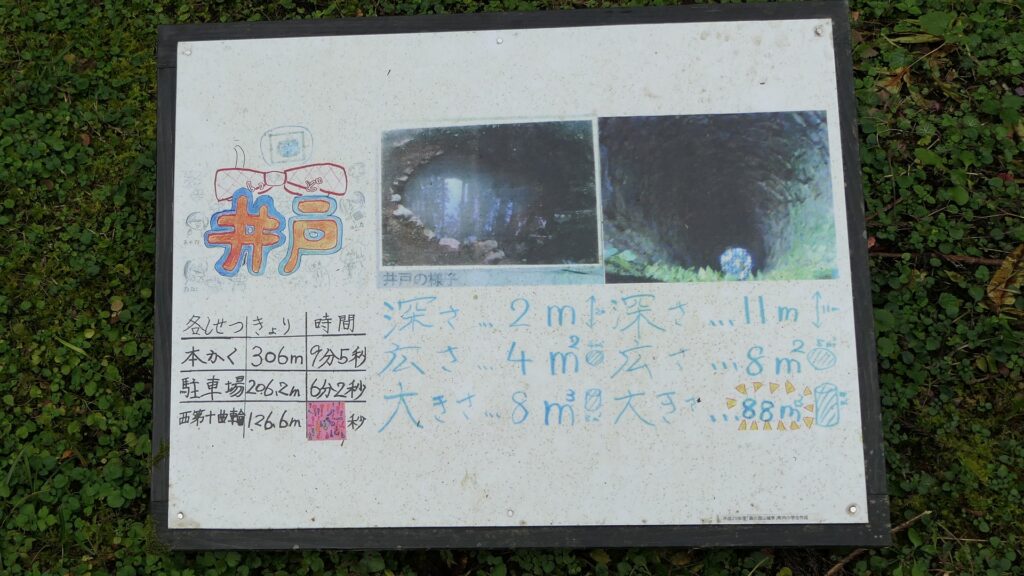
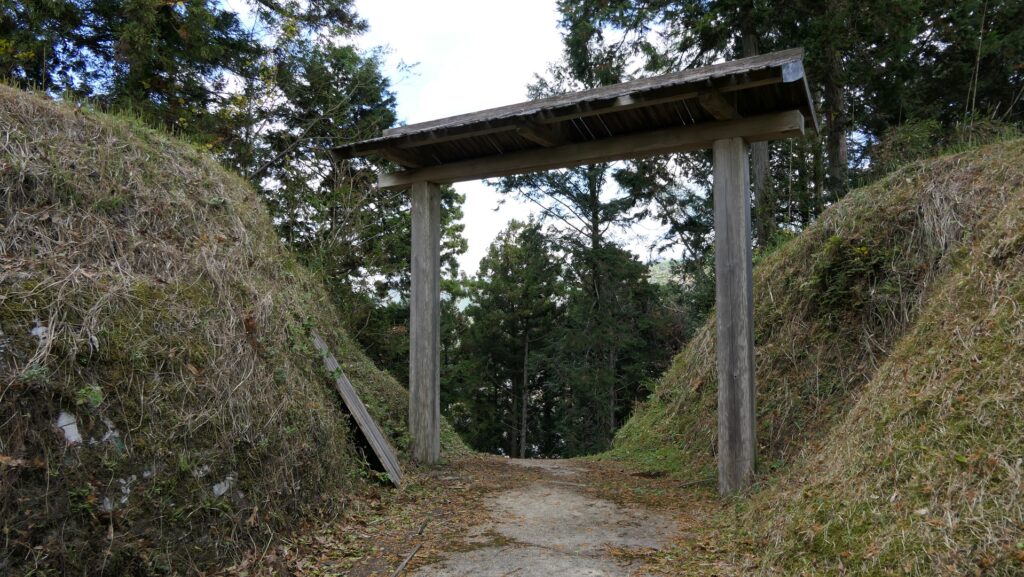
How to get There
If you want to visit the ruins by car, it is about 15 km away from Mima IC on the Matsuyama Expressway. The castle ruins offer a parking lot.
By public transportation, it takes about 15 minutes on foot from the JR Matsumaru Station on the Yodo Line.
If you go there from Tokyo or Osaka, I recommend traveling by plane or using an express bus.
That’s all. Thank you.
Back to “Kagomori Castle Part1”
Back to “Kagomori Castle Part2”

